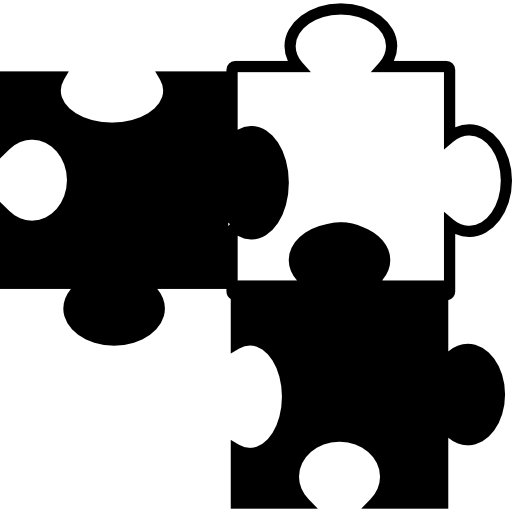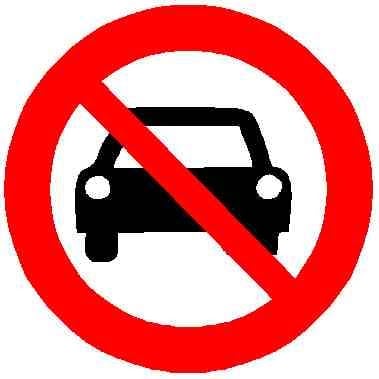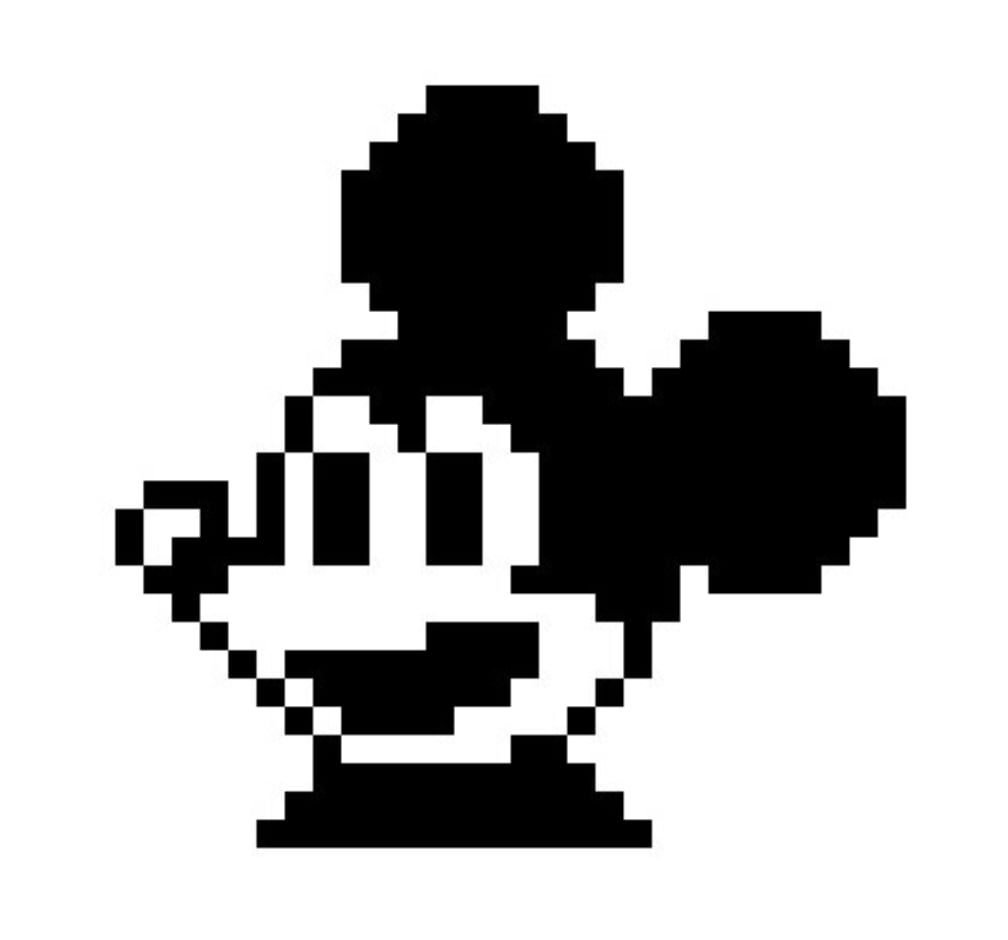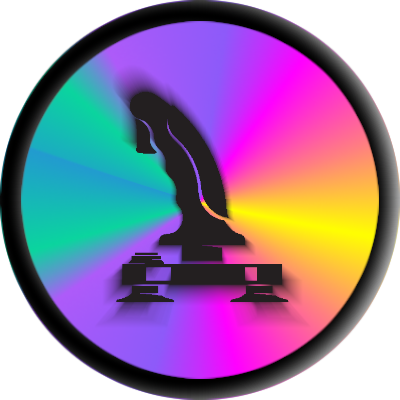Because it’s a hot mess trying to accept both type F and type L. The traditional type L socket has three pins inline. The pin spacing between Live and Neutral for an earthed device using type L is wider than using type F, so plugging in a Schuko won’t work in normal type L sockets. However, some type L sockets have extra, smaller holes at Europlug spacing, to accept ungrounded type C plugs.
The picture here shows two Type L sockets with Europlug expansions on the sides (C/L combo), and an F/L combo in the middle.







I’m quite the Type F fan: